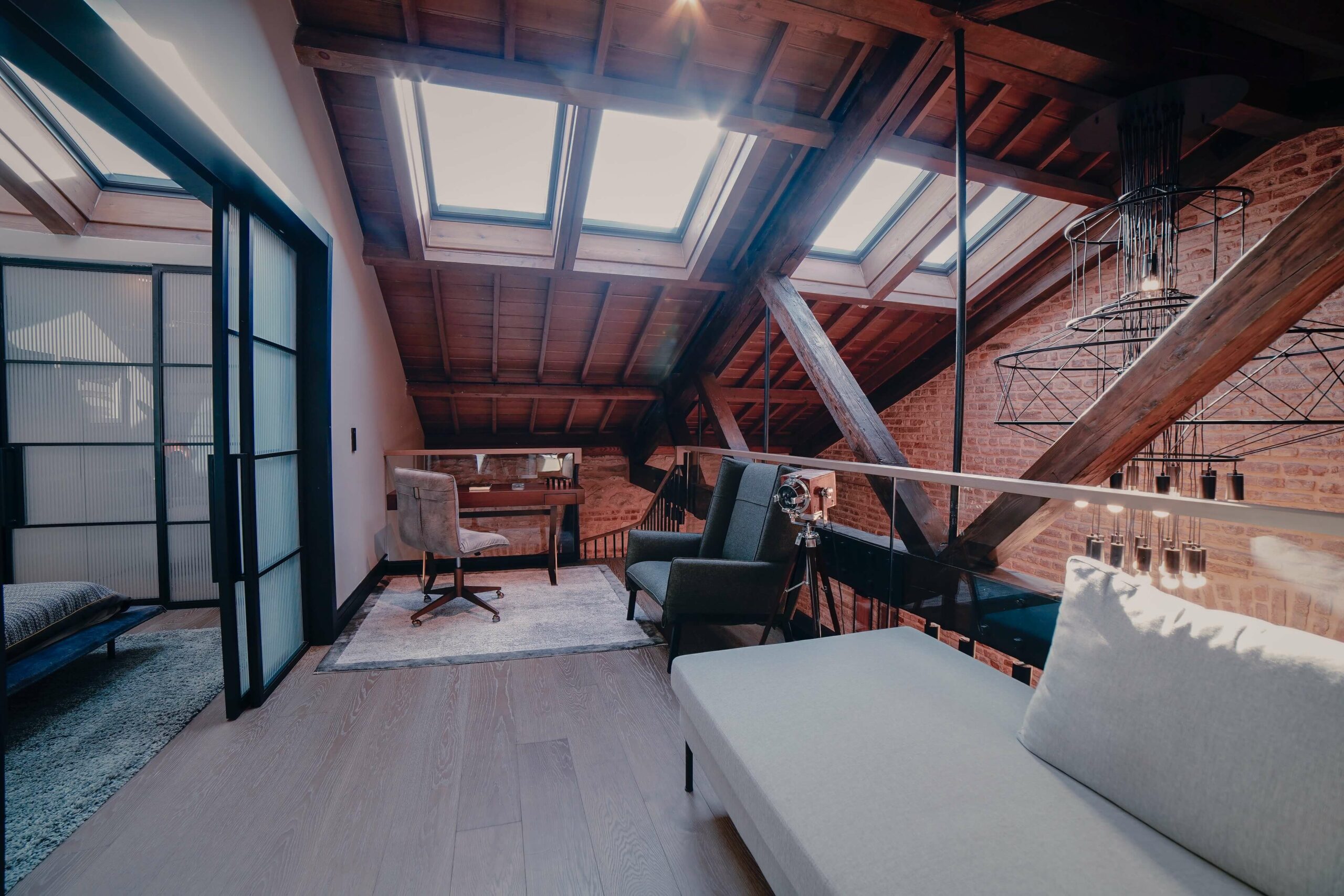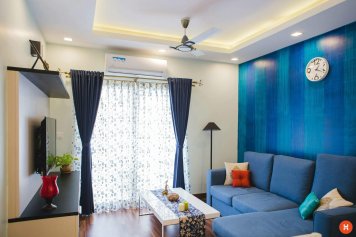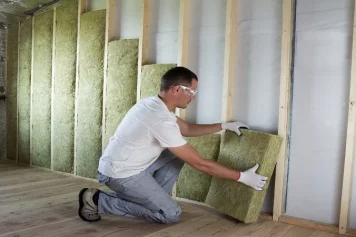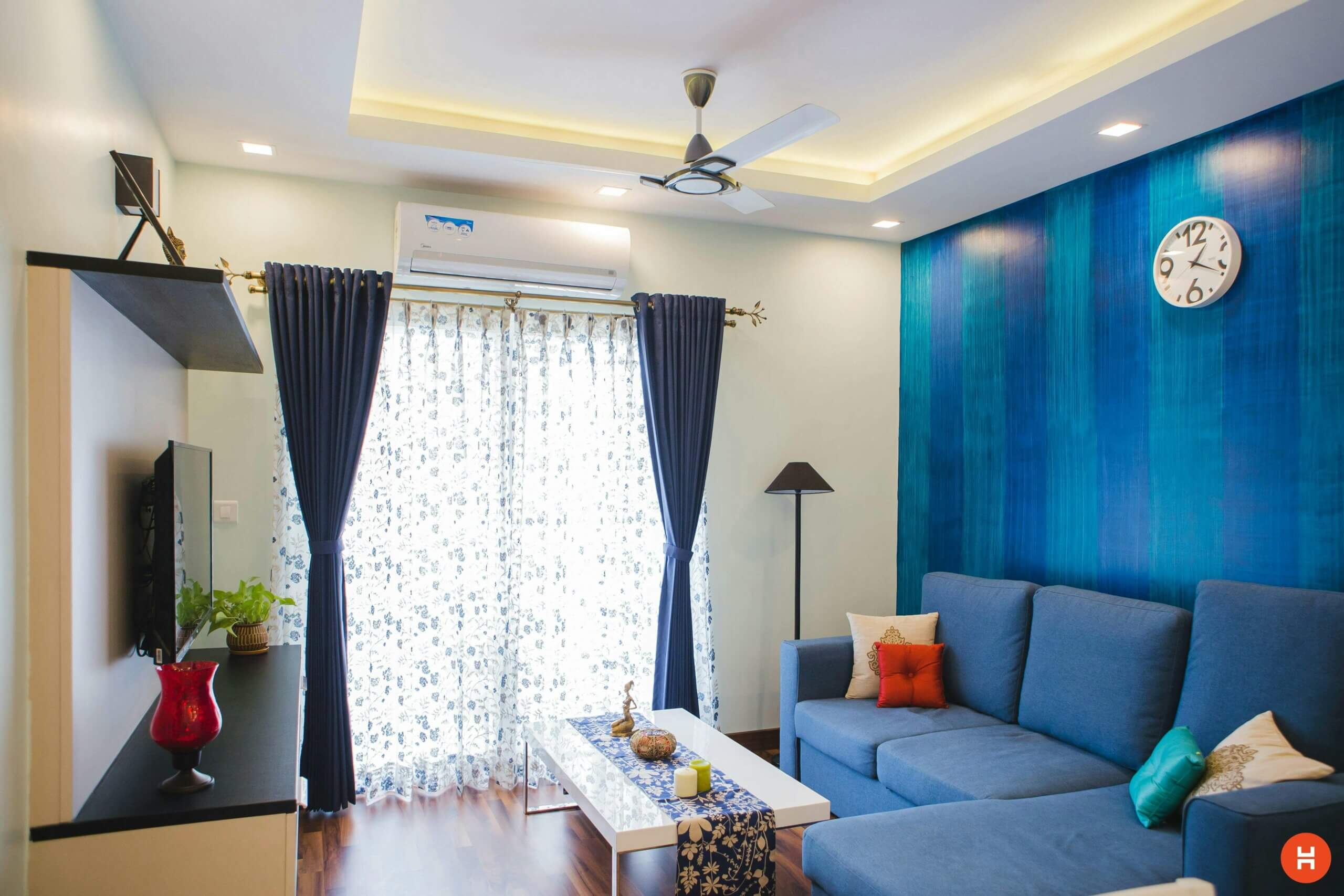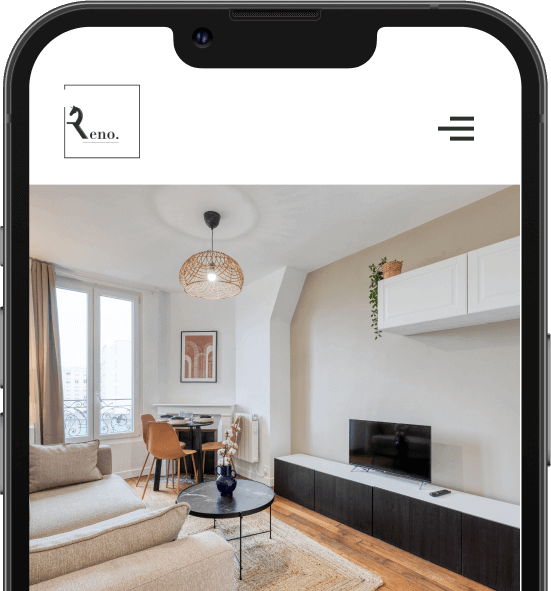Converting your attic space step by step is a project that brings freshness to your home. Does your home have an unused attic? This wasted space, a significant source of heat loss when poorly insulated, can be transformed into a real asset.
Indeed, it is possible to create an additional room (guest room, children’s room, master suite, games room, bathroom , office, living room, terrace, etc.) after some work. In addition, these few square meters under the roof represent a significant added value at a low cost.
Furthermore, since attic conversions always involve insulation work, you’ll achieve significant energy savings. Want to optimize every space in your attic and give it a sense of volume? Discover all the solutions and key information for a successful attic conversion!
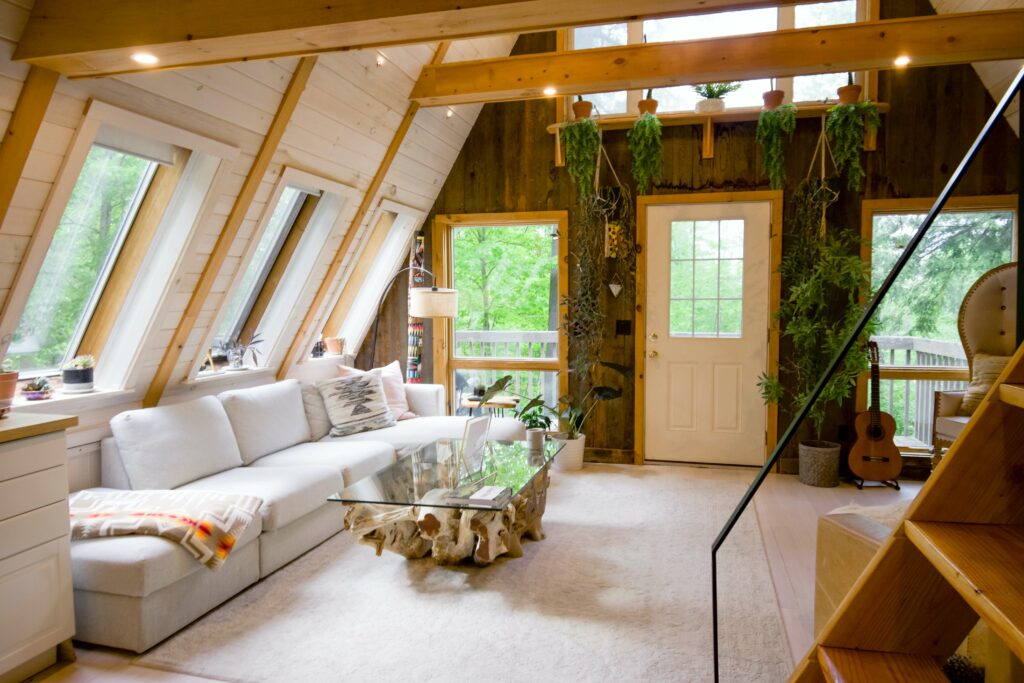
Focus on the essential points to check when converting your attic step by step
Before hiring a specialist company, you should check whether or not your attic space is suitable for conversion. To do this, there are a few points to consider before starting the project.
The minimum geometric characteristics
First of all, if the ceiling height is insufficient, you won’t be able to convert your attic. It must not be less than 1.8 meters for it to be considered habitable. Also, a roof slope greater than 35° is required, with the ideal being 45°. It also depends on the nature of the roof structure. If the latter is of the traditional type, and there is sufficient space available, the conversion will not present any major difficulties.
On the other hand, in a truss structure, the type of trusses used (wood or metal) determines the feasibility of the operation. In all cases, the frame of your house must not encroach on the floor. Furthermore, since the latter will be required to support the weight of the development, it must be load-bearing and sufficiently stable. Take into consideration the insulation materials, furnishings, and any partitions. Thus, reinforcement may be necessary depending on the nature of the existing floor.
The policy followed by its municipality
You’ll also need to research your municipality’s policy. Check whether the local urban planning plan (PLU) allows you to carry out such a project. Also, make sure from the outset that the future construction complies with current urban planning regulations.
The right of third-party recourse is, among other things, an essential point to consider. Your neighbors have two months from the date the declaration or permit is posted to contest the work (especially if the operation involves creating a window overlooking a neighboring house or apartment). Furthermore, if you live in a condominium, it is mandatory to inform the union of any such project.
The steps to take to convert your attic
When considering converting your attic, it’s highly recommended that you contact your local town hall for information. There, you’ll find all the information you need to follow the necessary procedures and the assistance available to you for this project.
In principle, if the area to be developed is between 5 and 20 square meters, a DP or Prior Declaration of Works is required. However, you will need a building permit if the area is over 20 square meters (40 square meters if the municipality has a PLU). In addition, the intervention of an architect is essential for an area over 170 square meters.
The work to be planned to convert your attic
There are a number of operations that need to be carried out to convert your attic space and make it comfortable and functional.
Access to the attic
In most cases, unfinished attics have nothing more than a simple hatch to access them. If you want to convert them, you’ll need to provide access that’s both safe and easy. It should also allow for easy movement of furniture in and out. In this case, the choice of staircase depends primarily on how the space will be used after conversion, particularly how busy it is.
If it’s a room you use occasionally (e.g., a playroom or guest room), a narrow staircase will do the trick. However, for high-traffic rooms like the living room, bedroom, or bathroom, you’ll want to choose a wide enough model. In any case, if there’s not enough space on the lower floor to add a proper staircase, a ladder or retractable staircase is the best option.
Priority to insulation
Insulation can be done either from the inside or from the outside.
Interior insulation
Interior insulation is less expensive. However, it results in a loss of space due to the thickness of the thermal insulation. First, ensure that the roof is completely waterproof. Then, apply two crossed layers of insulation. To ensure better protection of the insulation against moisture, the roof must be covered with a waterproofing membrane on the inside and a rainscreen on the outside.
When it comes to insulation, you can choose from glass wool, rock wool, expanded polystyrene (EPS), polyurethane foam, thin-wall insulation, and more. These products all perform well. The main differences lie in their ease of installation and price.
Rock wool and glass wool are the most common and most expensive. They also comply well with new thermal and acoustic regulations. Available in rigid and semi-rigid panels, or flexible rolls with or without a vapor barrier, these mineral-based insulation materials adapt well to the varying dimensions between trusses and rafters.
For finishing, the rigid surface can be covered with paper or painted. Polyurethane and expanded polystyrene foams in the form of rigid sheets have very high thermal and acoustic performance. Lightweight and rigid, they can be easily cut with a conventional tool, such as a jigsaw or a handsaw. In addition, they are incompressible and comply with the latest insulation requirements. These products are, however, expensive.
External insulation
This option provides optimal insulation. It’s also ideal if you want to preserve the available space in your attic. Unfortunately, external thermal insulation is only possible as part of a major project that could even include roof repairs. Therefore, if you’re considering renovating your home’s roof, don’t hesitate to insulate your attic from the outside. However, please note that this type of work should be carried out by a specialist in the field.
Regardless of the technique used, be aware that attics can only be habitable when they are properly insulated. This operation aims above all to ensure a level of comfort similar to that of other rooms in the house in both winter and summer. At the same time, you reduce heat loss through the roof (around 30%), thus saving energy and heating costs.
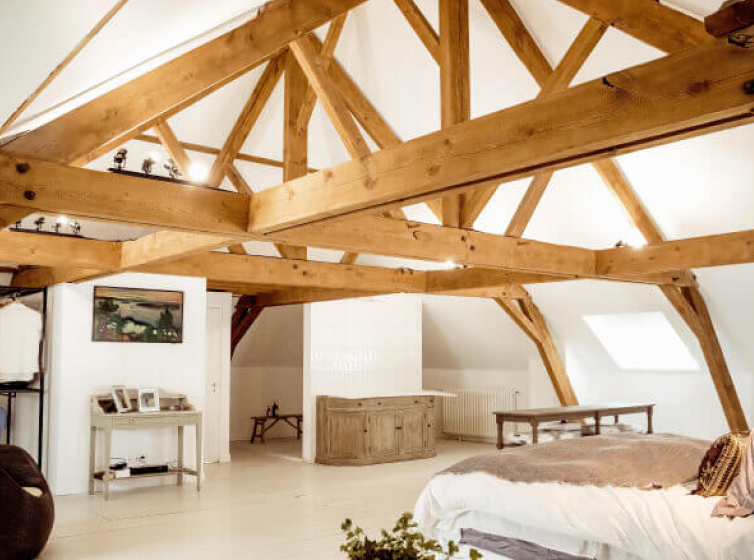
Installation of heating and electricity
Installing heating and electricity is another important step in attic conversion work. For heating, you can either connect the central heating system or opt for independent electric heating
For electricity, the simplest option is to install a secondary panel connected to the main panel. It is also possible to install a separate electrical system. However, this solution is more expensive.
Other finishing work
To better illuminate the converted attic with natural light, one or two openings should be included. This also allows for more efficient ventilation in hot weather, especially during the summer. In this case, opt for roof windows over traditional windows for greater brightness. A glazed surface area equivalent to at least one-sixth of the living space is then required.
To avoid shadows, it’s better to opt for two small windows on either side of the attic space rather than one large central window. Make sure they’re evenly distributed across the roof to optimize ventilation. Windows have the advantage of providing free heat from the sun in winter. However, they can cause overheating on sunny days. This is why it’s important to invest in exterior sun protection or roller shutters. These are also useful in combating the cold.
Don’t forget to lay an acoustic underlay under the floor covering to reduce footstep noise.
The budget to plan for converting your attic
The budget to prepare for attic conversion depends on several factors including:
- the initial state of the attic;
- the complexity of the work;
- the area to be developed;
- the structure of the frame (trussed or not);
- the type of room to be fitted out (bathroom, office, master suite, guest room, children’s room, playroom, etc.);
- the cost of labor;
- the insulators to use.
To give you a better idea of the budget to prepare, here is the price of each expense item:
- framework: 500 to 1,500 euros per square meter,
- insulation: 35 to 70 euros per square meter,
- staircase: 500 to 3,000 euros,
- electrical installation: 50 to 100 euros per square meter,
- installation of a water point: 1,500 to 6,000 euros,
- windows: 150 to 6,000 euros,
- partitions: 35 to 60 euros per square meter,
- finishes: 10 to 50 euros per square meter.
For a more accurate estimate, don’t hesitate to call on a renovation professional like Reno.
Learn about state aid for converting your attic step by step
Please note that attic conversion is eligible for various state aid schemes :
The CITE or Energy Transition Tax Credit
This scheme replaces the CIDD (Consumer Development Tax Credit) or the Sustainable Development Tax Credit. It applies to any renovation or energy improvement project carried out on the main residence. Thanks to this tax mechanism, you can deduct 30% of the expenses generated by the operation from the income tax payable. The financing amount is capped at €16,000 for a couple and €8,000 for a single person. In addition, there is an additional €400 for each dependent.
Government grants and financial aid
The CITE can be combined with other state subsidies and aid, such as the right to reduced VAT (value added tax), the zero-rate loan and aid from the ANAH (National Housing Agency).
Reduced VAT
You can benefit from a reduced VAT rate of 5.5% (instead of the standard rate of 20%) if you entrust your project to a professional. In this case, you will need to use the latter not only for the installation of the insulation, but also for the supply. This rate covers the cost of labor and the purchase of the insulation.
The zero-interest eco loan
Thanks to the zero-interest eco-loan , you can obtain a loan of up to €10,000 for your roof and attic insulation projects. However, be aware that not all banks offer this type of service. Furthermore, to be eligible for this program, you must use a company with the RGE (Recognized Environmental Guarantor) label.
ANAH assistance
The National Housing Agency also provides financial assistance to individuals to improve the energy performance of their homes. It notably offers the “Habiter Mieux” program to low-income households. In this case, it can finance 50% of the total cost of the project with a maximum grant of €10,000. This may be supplemented by a bonus of up to 10% of the cost of the work (maximum €2,000).

Analyze the technical feasibility of the project
The layout of the attic must be carefully studied, taking into account various elements such as:
- ceiling height;
- the possibility of adding roof windows for natural light;
- and the current structure of the attic.
Before starting any development work, a prior declaration to the competent authority, generally the local urban planning office of the municipality, is required. This administrative step is essential to ensure that the project complies with current standards, particularly the local urban planning plan and the attic conversion plan.
Next, the attic space must be assessed in terms of potential living space. This involves taking into account the constraints associated with insulating the attic space. It is also crucial to research qualified contractors and ensure they comply with the standards and regulations set out in the attic conversion project.
An application for planning permission may be required, especially if you’re considering exterior modifications, such as adding skylights. Therefore, a successful attic conversion project depends heavily on a thorough understanding of the local urban planning scheme and the specific requirements for attic conversion work. Pre-declaring a work permit is an essential step. Working with qualified architects is essential to ensure the project complies with current planning regulations when it comes to attic conversions.
Techniques and tips
To optimize the results of your attic renovation, here are some techniques and tips recommended by our architects!
Thermal and sound insulation for comfortable attics
Thermal and sound insulation are crucial aspects of attic conversion. Given the challenges of ceiling height and conversion work, selecting high-performance insulation materials is essential to maximize living space while ensuring effective insulation.
Convert your attic step by step with Reno!
In conclusion, attic conversion is both a rewarding and complex process. It’s therefore in your best interest to seek professional assistance. Ceiling height and conversion work can be considered challenges. But they become opportunities under the guidance of our specialists.
Indeed, transforming an attic into functional living spaces requires a thorough understanding of insulation standards and regulations related to prior declarations. It also requires an artistic vision to maximize living space while preserving aesthetics.
In short, choosing the support of an architectural firm in the field of attic conversion represents the key to a successful experience. So don’t hesitate to contact us today to discuss your project and get a quote!

